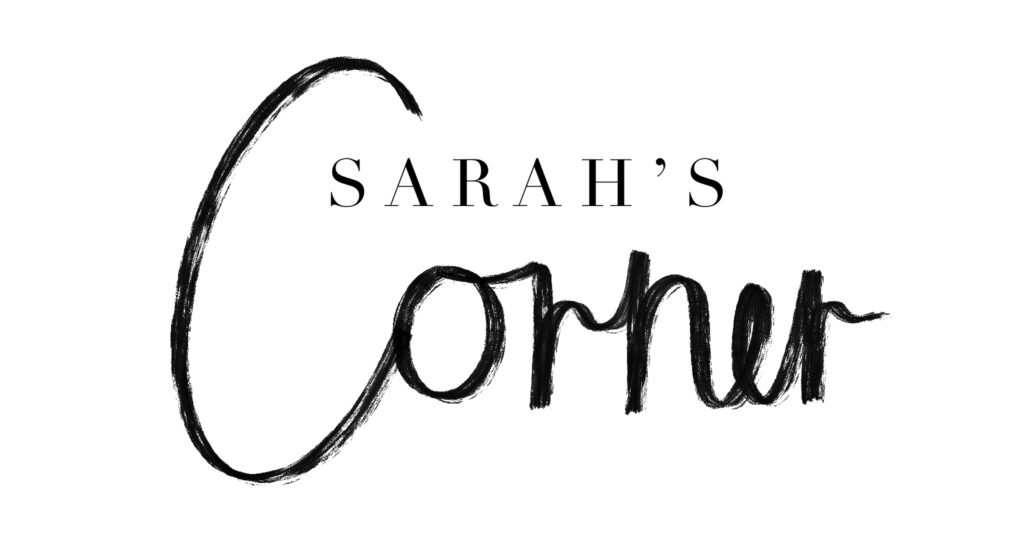Not all medications dispensed in the pharmacy are tablets and capsules, some need to be prepared in the pharmacy
Non-sterile compounding sets the guidelines for drugs that are mixed or prepared in a non-sterile environment
What is it?
Non-sterile compounding is just that; compounding done in a non-sterile environment
These include ointments, creams, oral medications, or suppositories
These guidelines are set by the United States Pharmacopeia (USP) 795 chapter
- Working understanding of measuring, mixing, and evaluating ingredients
- Maintain a clean and organized workspace
- Prevent contamination of compounding ingredients
- Proper documentation and record-keeping
Simple nonsterile compounding refers to simple formulations and compounding procedures
Moderate nonsterile compounding requires extra handling instructions. These could be for CII medications or anything that goes beyond simple compounding
Complex nonsterile compounding requires extra training and equipment. This is for things like extended-release tablets, which have a special coating to delay the breakdown of the medication
Proper Garbing and Hygiene
Garbing
“Garbing” refers to the required articles of clothing or equipment (gloves, mask) worn during the compounding process
You may wonder, “If this is non-sterile, what is the line between sterile and non-sterile techniques if we use seemingly sterile techniques here?”
Sterile compounding is done in a sterile “clean room” with approved pressure systems and sterile surfaces
These are available in hospital pharmacies or anywhere for IV medication prep and require separate certification to conduct any sterile compounding
Non-sterile compounding is done in almost any pharmacy environment, normally away from busy work areas but does not require a pressure-controlled clean room
However, technicians still need to “garb” by wearing gloves at all times* when preparing non-sterile compounds
This prevents contamination of the medications being compounded
*2023 update, previously gloves were “as needed” before 2023
Hygiene
If the compounder has recent tattoos, sunburns, rashes, or open wounds they must alert the responsible party (pharmacist, lead technician, etc.) and cover as necessary
Personal protective equipment (PPE) also prevents contamination; hair coverings, masks, or shoe coverings are some examples that may be worn
Keep facial hair and nails trimmed with long hair back to prevent contamination
Jewelry, hats, watches, or piercings should be removed or covered during compounding
Always wash hands before compounding and wash equipment after compounding
Mixing hazardous and nonhazardous medications is a big no-no, keep hazardous compounding equipment separate from the nonhazardous equipment
Book Keeping
Pharmacy Records
The pharmacy is required to maintain 4 types of documentation for their records…
- Master formulation records
- Compounding records
- Specific to the nonsterile preparation
- Equipment maintenance records
- Purchase records
Master Formulation Records
These records act as the general recipe for the nonsterile preparation
It is a requirement of the USP 797 to maintain the records with specific details of each formulation
The Kentucky Board of Pharmacy has a fantastic document (here) outlining the requirements for nonsterile compounding documentation
The Master Formulation is the guide to follow step by step for successful compounding
Beyond Use Dates
The beyond-use date (BUD) is the date after which a medication should not be used
The BUD is determined by the date the medication was compounded and the type of medication
Oral Solutions With Water
These medications are commonly powdered antibiotics with instructions on the label for how much water to add
The BUD here is 14 days from the reconstitution date
Ex. You reconstitute a medication on Thursday, May 3rd
The BUD will be on Thursday, May 17th
Topicals and Semisolids
These include creams and ointments that sometimes need to be combined with liquids or powders
The BUD is 30 days from the reconstitution date
Ex. You reconstitute this medication on 7/18/24
The BUD will be 8/17/24
Nonaqueous Solutions
These are medications without water added, so capsules or dry tablets
The BUD is 6 months from the compounded date or the expiration date of the medication, whichever comes first
Techniques
There are different techniques for adding and combining ingredients, and some can get a bit confusing
Trituration
Not to be confused with TITration; TRITUration grinds particles into a fine powder to reduce its size
Imagine a mortar and pestle grinding a substance into a powder, a common method of trituration
Spatulation
Think of “spatula” when considering this technique
Ingredients are mixed in a bag, on ointment paper, or another medium to combine
Levigation
A powder is ground down by adding a liquid, making it a smooth mixture
Pulverization
Adding an ingredient to a substance that the particle is soluble in to reduce it’s size
Some examples of this soluble substance could be alcohol or camphor
Geometric dilution
This technique combines small and large ingredients into one homogeneous mixture using trituration
Therefore, this method evenly distributes the mixture when compounding
Signs of Incompatible Compounding
If two components are not compatible during compounding, there are some signs to look for
- Cloudiness
- Unanticipated color change
- Precipitation
If two incompatible compounds are combined, it could result in the formation of a new active ingredient
As a technician, it is your job to be aware of signs of incompatibility and unanticipated changes in the medication’s appearance
Related: Incompatibilities in Nonsterile Compounding
Extra Resources
Beyond Use Dates for USP 795 and 797

